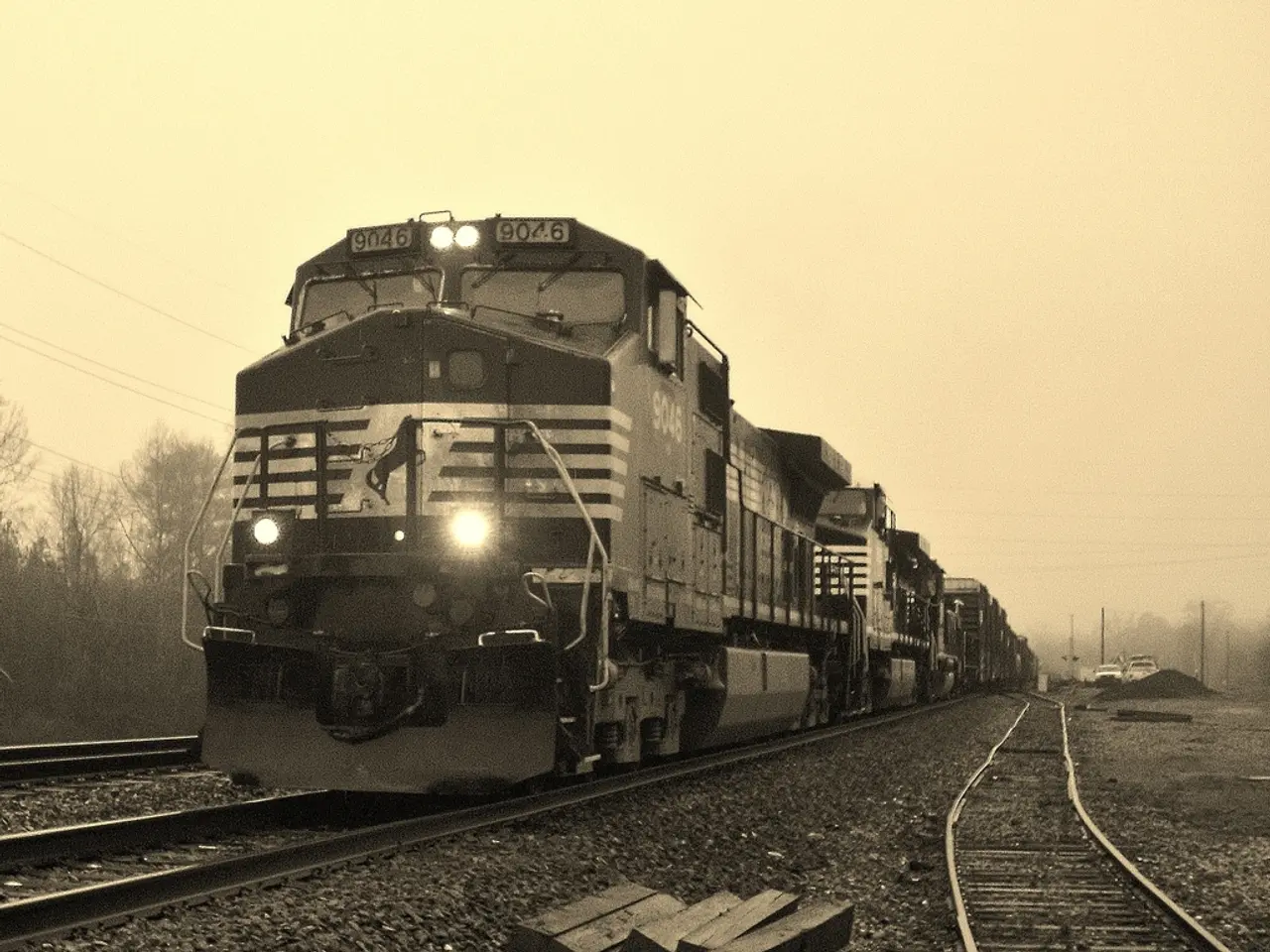Stable alternative traffic flow persists between Hamburg and Berlin via rail services
The German railway company DB InfraGO has commenced a significant renovation project on the Hamburg-Berlin line, which is part of more than 40 corridor renovations aimed at modernizing and renewing key rail infrastructure by 2036.
The renovation, scheduled to run for nine months, will see extensive upgrades to the tracks, signal boxes, overhead lines, and stations along the line. Construction trains are transporting rails, sleepers, and ballast from approximately 130 construction sites along the route.
As a result of the renovation, ICE and IC trains have been rerouted via Stendal and Uelzen since Friday evening. These rerouted trains run less frequently and take about 45 minutes longer than usual. Passengers in regional traffic are reliant on buses due to the renovation, with replacement buses running at half-hour or hourly intervals and longer than a regional train that would otherwise run on the route.
Commuters in Brandenburg who rely on regional traffic between Berlin and Wittenberge are affected by the renovation. The journey from Wittenberge to Berlin's main station will take three and a half hours instead of one and a half hours due to the renovation. Only replacement buses will run to and from Wittenberge, instead of regional trains.
Despite the disruptions, the replacement traffic is running stably, according to the railway company. Employees of the railway company and Ecovista will collect feedback and make adjustments in the coming days.
It's worth noting that the planned renovation program includes the modernization of 157 stations and the replacement of 40 old signal boxes in the first half of 2025, exceeding initial targets. Speed restrictions have also been significantly reduced as part of these efforts.
The Berlin–Hamburg line renovation is a reflection of the broader strategy of corridor-wide upgrades that will impact regional traffic by enhancing reliability and capacity. These extensive infrastructure upgrades within the heavily used core network aim to stabilize operations and dramatically reduce disruptions, as demonstrated by the comparable work done on the Riedbahn, where disruptions dropped by 60% after renovation completion.
Long-distance traffic is not affected by the renovation and is running according to plan. By 2036, these improvements are expected to significantly enhance regional rail traffic by increasing punctuality and decreasing failure-prone facilities, contributing to a more efficient and resilient rail corridor through Berlin and beyond.
- The modernization and renovation of key rail infrastructure by 2036, including the Berlin-Hamburg line, encompasses not only railways but also includes the update of 157 stations and the replacement of 40 old signal boxes, reflecting a broader strategy in the industry.
- On the other hand, the automotive sector might also be impacted indirectly due to the enhanced railway infrastructure, as improved public-transit systems could potentially reduce the demand for personal vehicles, particularly in the Hamburg-Berlin corridor.
- Moreover, the financing of these extensive transportation renovation projects, such as the Berlin-Hamburg line, is crucial for long-term economic sustainability and growth, demonstrating the importance of strategic investments in both the finance and transportation industries.




